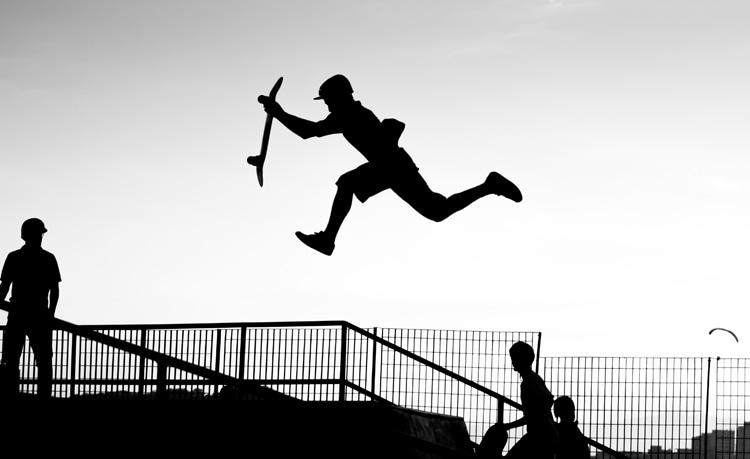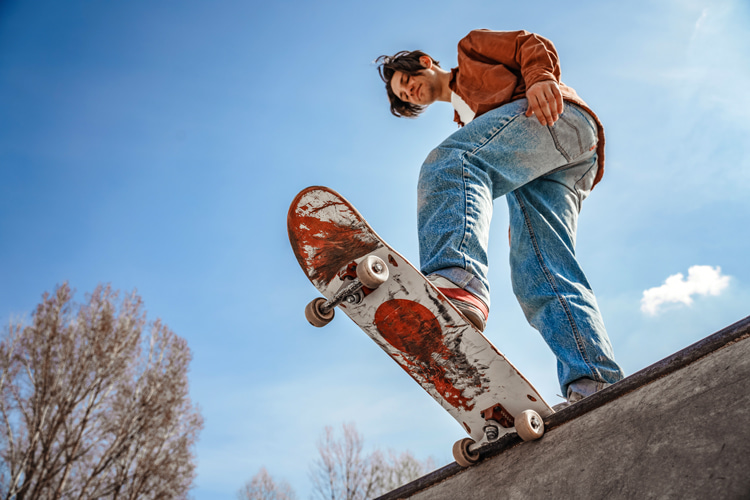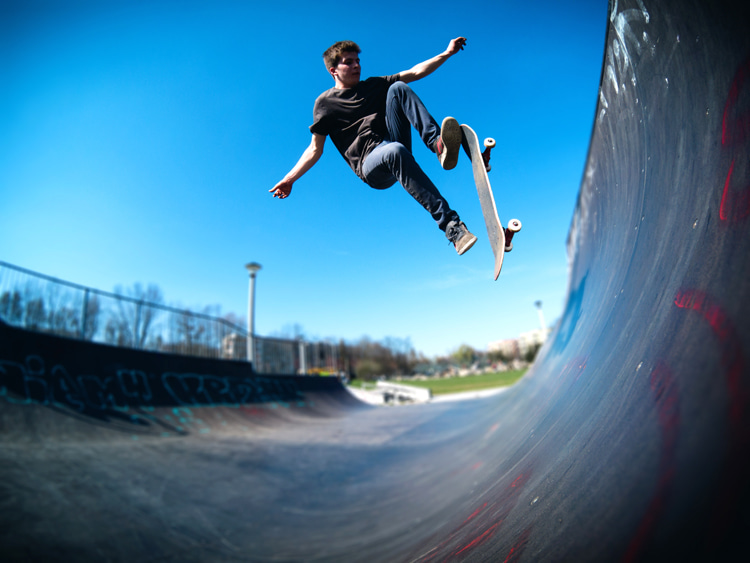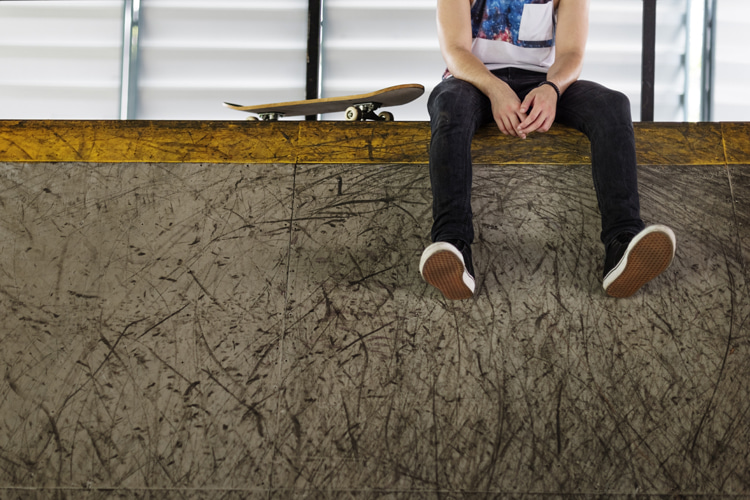What is grief? As an emotion, it is commonly experienced during a time of loss.
It's common to associate grief with what we have come to know as death, and it is the kind of emotion that can affect people in many different ways.
Usually, those experiencing grief find their way to process the range of emotions that can be felt during this time, and those observing the grieving tend to watch from afar and be unsure of what to say or do.
It's a very personal experience that requires something different yet something similar.
While we have already explored the nature of the soul and the body and life after death, grief affects all of us. There's no denying that.
It doesn't matter how spiritual you consider yourself to be.
It's part of our human nature to explore and express our full range of emotions, grief included.
We are collectively learning to support each other and express grief in healthy ways, and perhaps the way to do this is to understand that grief has different stages and requires something different at each time.
For me, it's through skateboarding and its connections to a diverse range of people that I've experienced, felt and observed the most instances of death, dying, and grief, so I'd like to explore grief itself through the metaphor of skating a half-pipe.
When someone crosses over and is no longer with you physically, that is like learning to skate a half-pipe.
It feels so foreign and new and could be likened to different stages of grief, which each have their own timing and are experienced differently by everyone.
Here are the stages as follows:

1. Finding the Ramp
Have you found the ramp? Are you skating the rest of the park and noticing this one, or avoiding it deliberately?
Have you climbed up to the deck of the ramp to check out your surroundings?
Some people deny or can't believe that their loved one has departed.
If you try to ignore the situation during the initial stages of grief, you will miss out on what awaits, leaving you stuck in your mind and emotions.
Similarly, if you deny the existence of the ramp itself, you may miss out on skating a fun form of terrain.
2. Making Preparations
Does your skateboard need checking? Does the ramp need sweeping?
You might like to put on a helmet and pads when you are learning to skate a half-pipe, just like how you might want to identify who is around you and who can support you through the grieving process.
Just as you would seek out friends that you can share the session with, encourage, empower, and inspire you when you are skateboarding, you'd want to consider others who have experienced grief and can offer you the kind of support you need.

3. Taking the First Steps
When you climb up the ramp and put the tail of your skateboard on the coping, maybe your knees are shaking, you're unsure of where to position your body weight, and noticing that you're several feet off the ground.
The mind starts to wonder, just like when you have a loved one crossed over.
In both instances, you may be asking yourself questions like, "Am I doing this right? Is my foot on the board? Will I make it? What will life be like without this person in my life? Will they be alright? Will they be happy and free of pain, or will they live out their afterlife in pain and sadness?"
As you're up there, you might have checked your surroundings, asked yourself more questions, maybe picked up your board, and taken it off the coping to pull yourself together and psych yourself up.
In the days of learning to skate a half-pipe, maybe you had to have these psyche-up moments to motivate you and give you the push you needed to get up there, even just to put the tail of your board onto the coping.
The first few days may have passed since losing someone. You might begin to recognize that the one you loved is not around.
4. Taking the Plunge
The front foot goes onto the front deck bolts of your skateboard. You're about to take the plunge down.
It's a foreign feeling to go through the motions of standing up, putting weight on the back leg, compressing the body and bending the front knee, and taking that plunge in.
Some of us change our minds, jump off at the last second, and run down the transition or slide down the ramp.
Some of us fall on our first-ever drop-in attempts, maybe leaning too far back or forward, and some of us ride it out to the bottom.
If you fall off your skateboard, do you get back up again and try again?
If you hurt yourself, that's okay. Take the time to recover and try again when you are ready.
If you observe someone try this for the first time, what do you do? Do you encourage them? See if they are alright?
Similarly, in the early stages of acknowledging your grief and loss, you may have days when you feel the weight of your emotions coming down like you miss your dearly departed loved ones.
Go with the flow of your emotions.
It's okay to cry if you need to, just like it's okay to take your tail off the coping if you need a moment to pull yourself together.
Check in with your friends who you see needing that extra support.

5. The Next Transition
If you stay on your skateboard after dropping in, you'll soon be riding through the at and approaching the next transition.
What do you do to get to the top of the next transition? Do you stay with your knees bent and ride up and back down fakie?
Do you kickturn? Do you pump?
You'll most likely lose your speed without pumping if you roll up and down going from forwards and fakie or ride the ramp with back-to-back kickturns.
To keep your skating thriving on this half-pipe, you will need to be present, and you will most likely want to set your intentions on reaching the top of the transition to skate the coping.
Once you've dropped in on grief, you will have experienced acknowledgment and acceptance of the dearly departed.
As you roll up forwards and fakie between the transitions of good and bad days and kickturn from ramp to ramp, telling yourself to be strong, thinking you're fine, eventually you'll need to find ways to continue living and thrive emotionally without the presence of your dearly departed.
In the process of grief, you'll need to set your intentions to thrive by pumping through the transitions and skating the coping.
What keeps you thriving in life once your loved ones have crossed over?
Our Dearly Departed don't want us to be stuck and hung up on their absence.
From their vantage point on the Other Side, they are the happiest when they can see us continuing to thrive in life.
A part of them still lives on within and through our Hearts and memories.
6. Skating the Coping
Once you've dropped in and started pumping to build up your speed, you'll reach the coping.
You can hit the coping in many ways, maybe by stalling on the deck, grinding through the coping, doing an air, or an invert.
You are free to do whatever way you wish to express yourself while you are up there, riding in your own way.
Go up, do your thing, and come back down, ready to keep up the ow and hit the next transition.
There'll be times when you might only do one trick or many tricks at the top of the ramp on the coping, but whatever you do up there, I'm sure you can relate to the feeling and the stoke of skating in this kind of way as you go from transition to transition.
With these actions, you are required to be present and engaged,
With the process of grief, the coping extends beyond literal "coping methods."
Coping methods can become a form of escape from the real emotions experienced.
They encourage the body to become distracted and associate someone or something with handling an unpleasant feeling.
Common practices in processing grief encourage the bereaved to find something to do that distracts them from keeping them from thinking about their loved ones.
For some, they might focus on work, thereby working longer hours, while others may turn to alcohol or other substances so they can forget about their perceived loss.
Building upon the discussions we have been sharing about life and the afterlife, the passing of a loved one is not the end of their existence or relationship with you.
Your air at the other side of the transition, your grind, slide, stall, or invert on the coping of grief, takes on form through the ways that you cultivate, experience, and express the continued relationship that you have with the dearly departed to celebrate and preserve their existence.
Some of the ways that you could skate this coping and keep your relationship thriving include:
- Celebrating the special occasions that were meaningful for them, such as birthdays;
- Carrying out a community project in dedication to the dearly departed;
- Connecting through dreams by looking at a photo of them and asking them for visitation before you go to sleep (when you are ready for it);
- Editing together their photos and memorable videos to share with others;
- Keeping belongings that had significant importance to them;
- Listening to their favorite music and songs that remind you of them;
- Recognizing the messages and signs that they are communicating to you from the other side;
- Setting aside quiet time to talk to them in your mind and visit places that were meaningful to them;
Adapt to the New Terrain
One of the most beautiful beyond-world friendships that I have witnessed grow over the years was between two best friends.
He kept his best friend's skateboard and dedicated one day a year to skating on this skateboard at the very spot where they first met and grew up skating together.
He also took this skateboard with him to skate at Love Park, Philadelphia, a monumental street skating spot that these two best friends used to dream of going to together.
You'll find that the more that you participate in skating this metaphorical half-pipe of grief, you'll build up your momentum and flow, and your connection to your loved ones on the other side grows.
There are times when you'll really ease into the flow between your experiences with the Other Side and other times when you'll find difficulty in doing so.
Allow this to unfold gently and at your own pace, and know that through your own experience of this, you'll find inspiration and joy for living out life in honor of yourself and your loved ones.
Death and the departure of a loved one can happen so suddenly.
It affects us all differently because every person is different on the physical side and on the other side.
Each person who crosses over is like their own half-pipe - different curves, sizes, and build styles make it different to skate.
The closer you are to the person, the bigger the half-pipe.
Their departure will most likely affect you more than it does with someone you may not have been as close to.
There is a bigger learning curve, a steeper transition, and maybe a scarier feeling of riding a bigger transition with a higher impact on your life moving forward.
Despite all this, there is a deep sense of satisfaction that comes with learning to skate bigger transitions, and the same goes for life and life after.
While there are more impacting characteristics associated with losing someone closer to you, there will be a much stronger, more valid continuing relationship with them from where they are on the other side.
Take your time to process your grief as you would take time to learn to adapt to new terrain.
It might feel uncomfortable at first, and with your intention, dedication, and participation, you'll find your own unique way to ride it out and keep the stoke going.
Love unites and binds through and beyond time and space. Each session, each ramp is different yet so satisfying.
The same can be said about each relationship you have with those in your life, past, present, and future.
Love to live and live to love. Skate or die!
Words by Nathan Ho | Skateboarder and Author of "The Endless Wave: Skateboarding, Death & Spirituality"
